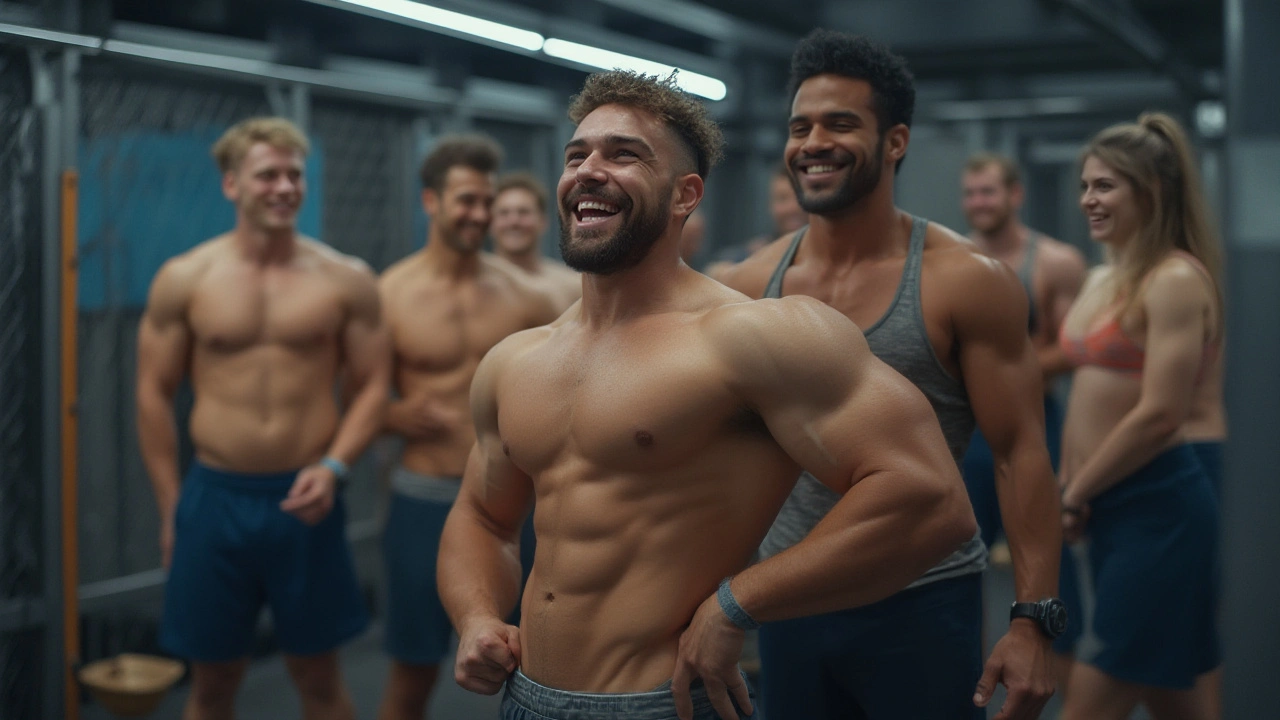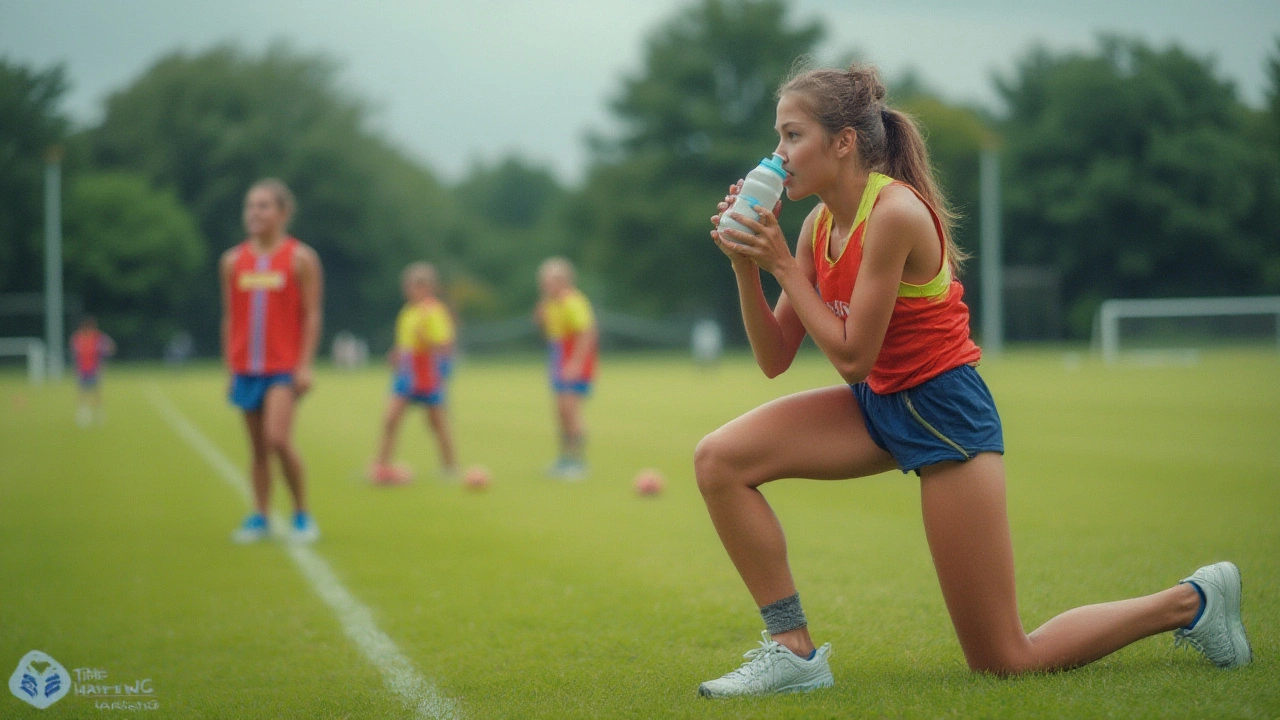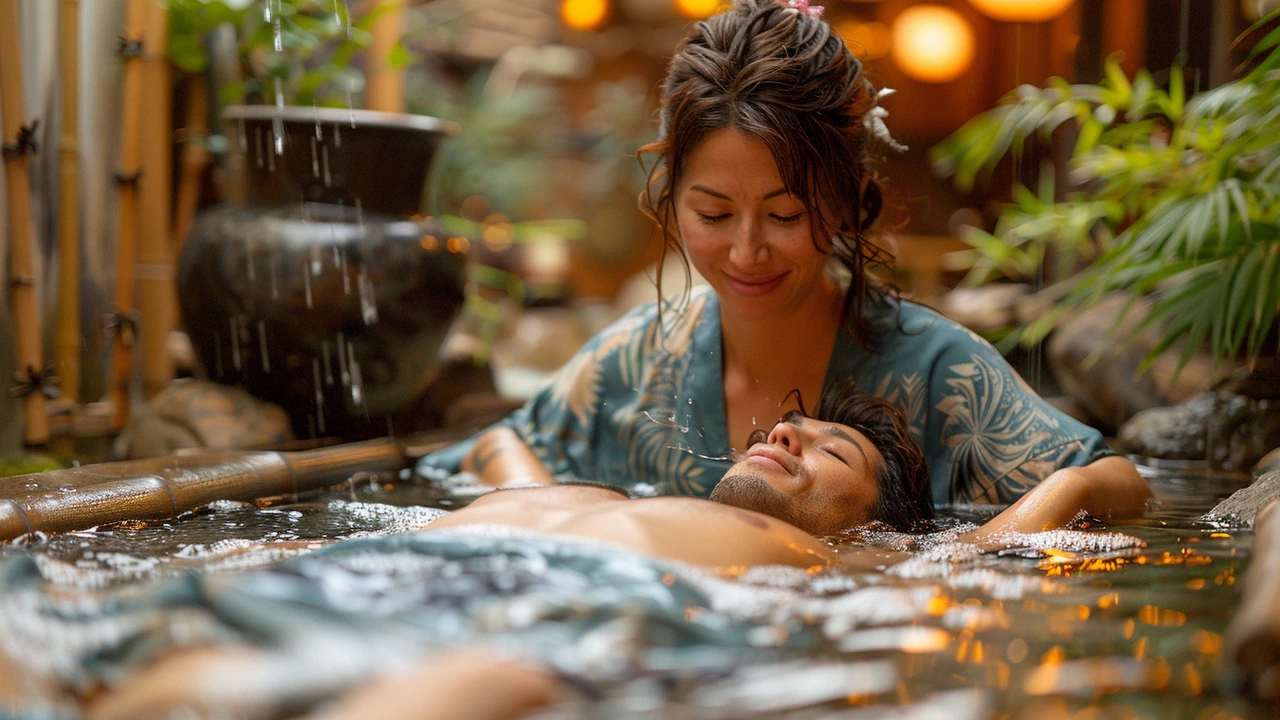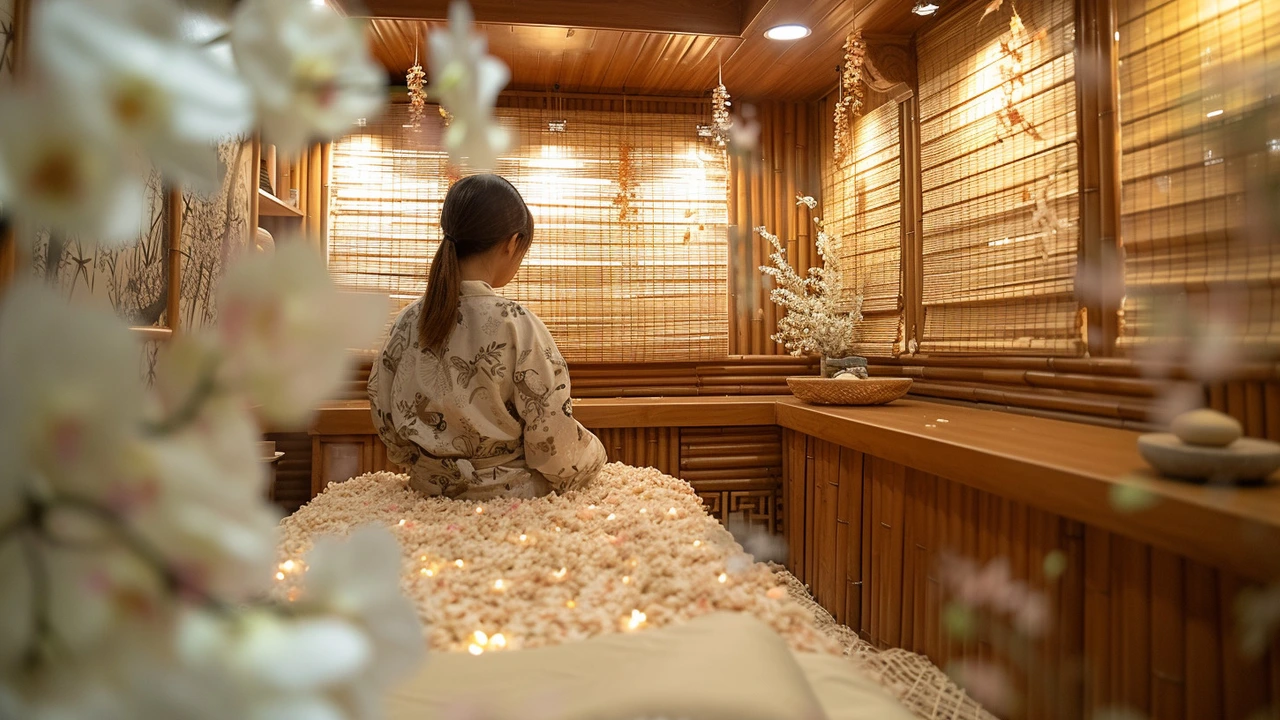Sports Massage Benefits: How Targeted Therapy Boosts Athletic Performance

If you ever watched marathon runners grimace as they cross the finish line, you’ve probably wondered how they manage to bounce back for the next race. Or maybe you’ve seen professional footballers get those rapid sideline rubdowns after a tackle and wondered what magic goes into those hands. Here’s a surprise: sports massage is more than a pampering treat. It’s the secret weapon in any serious athlete’s toolkit, and science actually backs this up. More people—pro athletes, weekend warriors, and even teens with packed soccer schedules—are investing in sports massage for one simple reason: it works.
What Is Sports Massage and How Is It Different?
Not all massages are created equal. If you think of a classic spa massage with candles and soft music, sports massage is... different. It’s not about luxury—it’s about sports massage benefits. Sports massage uses targeted techniques designed to improve athletic performance, manage pain, and speed up the body’s natural recovery process. It's got roots way back in Ancient Greece and Rome, when Olympic athletes would get oil massages before competing. Fast-forward to today’s world, and it’s a staple at events like the Tour de France and the Olympics.
So what sets sports massage apart? It combines a bunch of methods: Swedish massage to loosen soft tissue, deep tissue massage to break down stubborn muscle knots, and even stretching to support flexibility. Therapists focus on the muscles you actually use in your sport. For example, if you’re a sprinter, your glutes and hamstrings get way more attention than your forearms. Sports massage adapts to different goals: prepping before an event, flushing out lactic acid after, or helping you heal up when something goes wrong.
There’s a misconception that you need to be an injured athlete to benefit. Nah, sports massage is preventive as much as curative. Those tight calves from running every morning? Massage can help. Sore shoulders from tossing a kid in the pool? Yes, that too (ask me how I know—my son Ronan is basically a human backpack half the summer). Even desk workers glued to their computers can feel the perks.
But here’s the real kicker: it’s not a one-size-fits-all method. A therapist will chat about your training, injury history, aches, and goals. That way, each session is shaped for your needs. Some focus on increasing circulation, some on range of motion, and others on easing old injuries. If you’re prepping for a marathon, you’ll probably want a different massage than if you’re struggling to heal a nagging tennis elbow.
The Science: Why Sports Massage Actually Works
Lots of people treat sports massage like magic, but there’s hard data behind the technique. The Journal of Sports Medicine reviewed 29 studies and found that sports massage after exercise reduced muscle soreness. They tracked something called ‘Delayed Onset Muscle Soreness’—that achy, can’t-walk-down-the-stairs feeling after a tough workout. Athletes who got massages reported less pain and quicker bounce-back.
Massage moves more than muscles—it affects your entire physiology. For example, suction cup massages have become popular with Olympic swimmers because they boost blood flow and help carry away waste. Swedish-style strokes in sports massage tickle your lymphatic system, which is your body’s natural garbage disposal. The better this system works, the faster you recover from the microscopic muscle tears that exercise causes.
| Massage Technique | Main Benefit | Typical Use |
|---|---|---|
| Effleurage (Long Strokes) | Increases circulation | Warm-up or recovery |
| Petrissage (Kneading) | Breaks muscle adhesions | During and after intense exercise |
| Friction | Releases scar tissue | Dealing with chronic injuries |
| Tapotement (Percussion) | Stimulates nerves | Pre-event, energizing effect |
Sports massage isn’t just about recovery after a big game. One study by the American College of Sports Medicine found that massage before a workout improved flexibility and reduced the risk of strains—so it’s not just for “fixing” problems, but for preventing them, too. The science backs up what top athletes have known for years: A few minutes on the table pays off when you’re back out there doing what you love.
Recovery isn’t the only superpower. Ever hear how Michael Jordan or Usain Bolt swore by regular massage? There’s growing evidence that these releases of tight tissue can improve long-term athletic performance, not just get you back on your feet for next week’s 5k. Regular massage keeps inflammation at bay and promotes better range of motion, so your body is always ready to operate at peak efficiency.

Benefits of Sports Massage for Every Athlete
So what exactly can sports massage do for you? Here’s the short list—and trust me, it’s more than you expected.
- Speeds up recovery: By increasing circulation and lymphatic drainage, massage clears away the metabolic waste that makes you feel stiff and sore. Goodbye post-leg-day misery.
- Prevents injuries: Tight, knotted muscles get you into trouble. Regular sports massage keeps them supple so they’re less likely to pull, tear, or strain during high-intensity movements.
- Improves flexibility: You get increased freedom of movement. Gymnasts, divers, and even old-school bodybuilders rely on massage to keep their joints open and muscles long.
- Reduces pain and tension: Sports massage can lower chronic aches—a game changer if you live with old injuries or just the standard wear and tear of staying active.
- Boosts mental clarity: There’s something real about feeling more relaxed and focused after massage. Studies have tracked lower stress hormones and improved sleep quality.
- Enhances athletic performance: When your muscles are open, oxygen-rich, and primed, you can push harder—whether that means running farther or lifting heavier.
If you need convincing, ask any team coach. Professional athletes have them on speed dial. But you don’t need a sports contract to benefit. Think about how you feel after a tough spring-cleaning session, or after wrestling your toddler into pajamas—sports massage helps you recover from everyday strain, too.
Moms like me stack up awkward aches all the time. Lifting Ronan, cleaning up after his science experiments, or standing through his soccer matches has given me a souvenir pain in my lower back. The relief after a real sports massage isn’t just physical; getting some time on the table gives you a mental reboot as well. That’s probably why more parents and not just athletes are seeking therapists with sports massage training right now.
If you’re hunting bigger benefits, regularity counts. Most experts say that once a month is the bare minimum, but if you’re training hard or bouncing back from injury, you might go weekly. Pair this with good hydration and stretching, and you'll notice the results within weeks.
Tips for Making the Most Out of Sports Massage
So you’re sold and ready to sign up for a session—awesome. But there’s an art to getting the best results from every sports massage. Let’s make your next appointment totally worth it:
- Speak up: Don’t be shy about what hurts, what’s tense, and your activity goals. Therapists aren’t mind readers, and sharing this means you’ll get a personalized massage every time.
- Time it right: Schedule after heavy workouts or before big events, but give yourself recovery time. Most experts say avoid heavy workouts right after a deep massage—your body needs it.
- Hydrate: Drink water before and after your session. Massage gets the blood and lymph flowing, which means flushing out toxins faster. Dehydration will just make you feel tired and crampy.
- Don’t push through pain: Some discomfort is normal with tight muscles, but agony isn’t. Speak up if the pressure is too much—you’ll get better results with the right intensity.
- Stay consistent: Like any kind of training, benefits build over time. Stick with regular sessions to keep your muscles supple and recovery times short.
Here’s one thing people forget: sports massage isn’t just for the super-fit. Pick any age group—there are modified techniques for high schoolers, recreational athletes, and even older adults just trying to stay mobile. Therapists today are trained to work with injuries, post-surgery scarring, and lifestyle pain (hello, tech neck). You don’t need to suffer in silence or wait for an injury to try it.
If you’re curious about finding the right therapist, look for someone accredited by a recognized sports massage association—don’t just go with the first appointment you find online. Ask about their experience with your sport or activity. My friend, who plays tennis every weekend, found a therapist who specializes in racquet sports, for example. The difference in outcomes was huge.
Here’s one last tip: pair your sports massage habit with smart stretching at home. A combo of regular foam rolling and dynamic stretching will keep those massage effects going even longer. Your muscles will thank you (and so will the family—no one loves a grumpy, sore mom limping through another game night).





